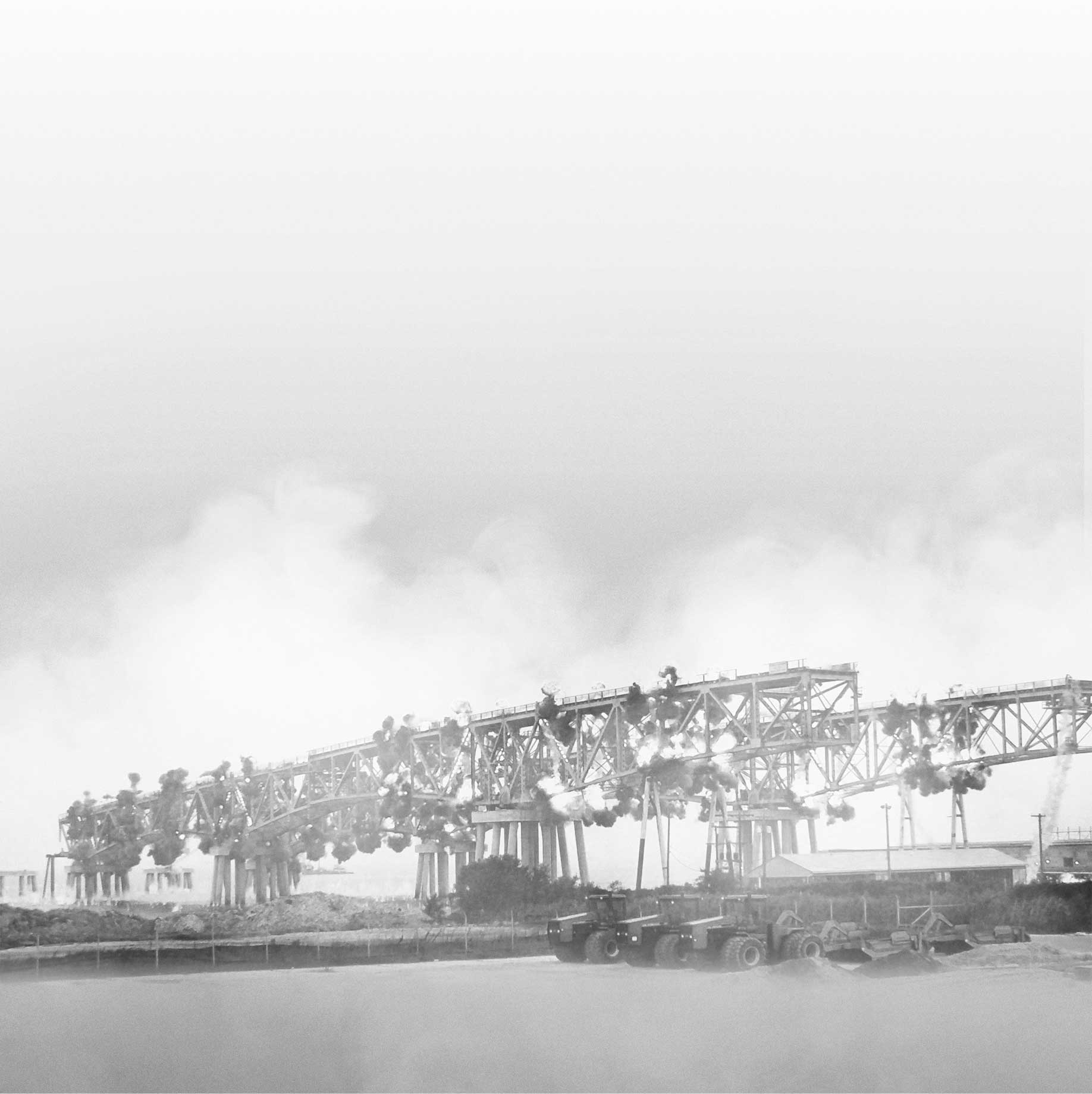Villa Panamericana & Las Orquideas

Villa Panamericana & Las Orquideas Housing Projects – San Juan Puerto Rico
Representatives from The Guinness Book of World Records were on-site to witness the implosion and confirmed that NADC Charter Member, CDI, had, indeed, eclipsed its own World Record for “the most buildings to be demolished simultaneously with explosives.” CDI’s previous record was established in the 1996 implosion of 12 public housing apartment buildings in Pohang, South Korea.
PROJECT OUTLINE
NADC member, Old Dominion Demolition Corporation (ODDC) of Norfolk, Virginia, and CDI were selected as the Prime Demolition Contractor/Implosion Subcontractor Team by the Departmento de la Vivienda (the Puerto Rican Housing Authority), and their consultants. CDI’s international affiliate, CDI UK, Ltd. acted as a subcontractor to CDI for implosion preparation supervision and explosives-handling operations. Certain preparation and debris removal operations were subcontracted to NADC Member, Drillex of San Juan, Puerto Rico.
PROJECT PLANNING
The 17 buildings were of modular construction, consisting of 42 ft x 15 ft, 1-story, pre-cast, light-weight concrete boxes, stacked in staggered formation (like bricks), and tied together via vertical post-tensioning rods through the columns. Initially, the post-tensioning rods (containing conduits and standard reinforcing bar) present in each individual column created problems for the drilling crews. CDI determined that counter-drilling each column would permit the explosives charges to eliminate the concrete satisfactorily.
CONCERNS
From the beginning of the project, the major concern expressed by PROGRESSA, the Construction Manager for Vivienda, and their structural engineer, Robert Prann Associates, was the potential for vibration-related damage occurring to adjacent structures to remain. The 8 buildings in the Villa Panamericana Complex (built to house athletes during the 1979 Pan American games) and the 9 buildings in the adjacent Las Orquideas Complex had been built on fill material placed over a marsh area. Fill material, layered above pre-existing clay deposits, created concern regarding transmission of low frequency, high displacement vibration. Such sub-surface conditions are common to many seismically active areas. CDI has extensive experience with these conditions having performed the demolition of 26 damaged structures in Mexico City following a major earthquake in 1985.
CDI’s design called for the 17 structures to fail asymmetrically to one another, across the site, to help dampen vibration from the fall of debris. This, coupled with CDI’s carefully timed detonation sequence, would allow the vibration “waves” created by the fall of the individual structures to “cancel one another out” to the extent possible. CDI’s design proved successful, and no damage was caused as a result of CDI’s operations. During the 19 second implosion sequence, the highest seismic readings recorded (less than 100’ away at adjacent properties to remain) were less than ½” per second peak particle velocity.
Vivienda and their support contractors orchestrated the evacuation of over 1,300 local residents who lived within 500 ft of the site prior to the implosion as required by Puerto Rican law. The most sensitive property within the evacuation zone was the occupied, Villa Feminina Apartment Building. This 18-story, privately owned structure stood in the center of the Villa Panamericana Complex and was well within reach of rigid structural elements in the structures to be felled. Of particular concern were the post-tensioned, reinforced concrete support shafts which had been added after original construction at either end of the Villa Panamericana buildings. Acting like structural “bookends,” these shafts were designed to bolster the structures against high wind loads imposed by the tropical storm systems prevalent in the region. As these reinforcing shafts were extremely rigid, they could not be “telescoped” like other portions of the structures. CDI’s design allowed the towers to separate from the main structures, and “lay out” in pre-determined fall areas, away from Villa Feminina and other adjacent structures. Of the 35 elevator shafts which acted as free-standing structures adjacent to the buildings, all but 5 were felled as planned. The remaining 5 could not be fully prepared for explosives operations due to safety concerns of Drillex as respects placing their workers over the open shaft of that specific style of elevator tower. The 5 elevator towers which stood were conventionally demolished following the implosion. Again, no damages resulted from CDI operations, and all residents were permitted to return to their homes within 3 hours of the implosion.
ODDC and Drillex will be using a 60-ton dozer with grouser tracks to initially break the light-weight concrete away from the rebar, followed with Komatsu excavator-mounted concrete pulverizers to isolate the last of the rebar for pre-removal. A portable jaw crusher will be used to generate structural fill which will be sold commercially by ODDC on the Island. ODDC estimates that it will take less than 4 months to clear the resultant 50,000 tons of debris generated by the implosion.
THE DETONATION
CDI and Drillex drilled and CDI UK, Ltd. subsequently loaded 7,242 holes in supporting elements of the 17 structures. A total of 1,825 lb of explosives, 8,640 blasting caps and 37,200 ft of detonating cord were implemented to initiate CDI’s carefully timed, non-electric detonation sequence. As predicted, CDI’s design created a progressive collapse which accelerated as it moved through the length of each structure. The buildings, up to 300 ft in length in some cases, fell quickly and CDI’s preparation design resulted in superb breakage which will facilitate the fast-track debris removal required by ODDC to meet the site clearance schedule.
The successful completion of a complex project of this magnitude is the product of teamwork between Property Owner, Construction Manager, Project Engineer, Prime Demolition Contractor and Subcontractor(s). The innovation and technical expertise provided by CDI, using cutting-edge explosives demolition methods and ODDC’s state-of-the-art excavator attachments and concrete crushers, will prove to be the key to the safe and successful completion of one of the most complex, fast-track urban demolition projects ever undertaken.

